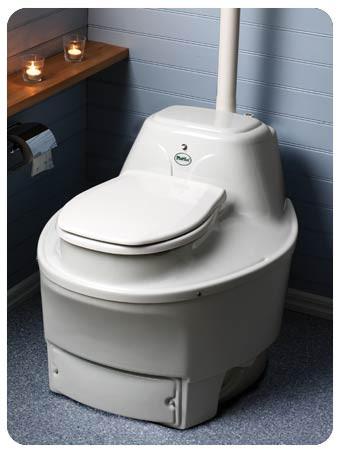
Introduction to Composting Toilets
A composting toilet is a sustainable and eco-friendly alternative to traditional flushing toilets. These toilets use natural processes to break down human waste into compost, reducing the need for water and sewage systems. In this article, we will explore the concept of composting toilets, their benefits, and how they work.
What is a Composting Toilet?
A composting toilet is a self-contained unit that uses aerobic decomposition to turn human waste into compost. Unlike traditional flushing toilets, composting toilets do not require a connection to a water supply or sewage system. Instead, they rely on natural processes to break down waste into compost, which can be safely and easily disposed of.
Benefits of Composting Toilets
-
Water Conservation: One of the biggest benefits of composting toilets is their ability to conserve water. Traditional toilets use a significant amount of water with each flush, while composting toilets use much less. This makes them a more sustainable option, especially in areas where water is scarce.
-
Reduced Environmental Impact: Composting toilets do not produce sewage, which can have a negative impact on the environment. Instead, they create compost, which is a valuable resource for gardening and agriculture.
-
Lower Maintenance Costs: Composting toilets are easy to maintain and do not require a connection to a sewer system. This reduces the need for costly repairs and maintenance, making them a cost-effective option in the long run.
How Composting Toilets Work

Composting toilets work by using aerobic decomposition to break down human waste into compost. The process begins with the waste being deposited into a composting chamber, where it is mixed with organic material such as sawdust, peat moss, or coconut coir. This helps to create the ideal conditions for aerobic decomposition to take place.
As the composting process continues, the waste is broken down into compost, which can be safely and easily disposed of. The composting process also produces heat, which helps to kill any harmful bacteria and pathogens, making the compost safe for use in gardening and agriculture.
Choosing a Composting Toilet

When choosing a composting toilet, it is important to consider the following factors:
-
Size: Composting toilets come in a range of sizes, so it is important to choose one that is appropriate for the number of people who will be using it.
-
Type: There are two main types of composting toilets: continuous flow and batch systems. Continuous flow systems are designed for high-volume use, while batch systems are ideal for low-volume use.
-
Location: Composting toilets can be installed indoors or outdoors, so it is important to choose one that is appropriate for the location in which it will be used.
-
Maintenance: Some composting toilets require more maintenance than others, so it is important to choose one that is easy to maintain and requires minimal upkeep.
Conclusion

Composting toilets are a sustainable and eco-friendly alternative to traditional flushing toilets. With their ability to conserve water, reduce environmental impact, and lower maintenance costs, they are a popular choice for those looking for a more sustainable solution. By understanding how composting toilets work and choosing the right one for your needs, you can make a positive impact on the environment and conserve precious resources.


Leave a comment